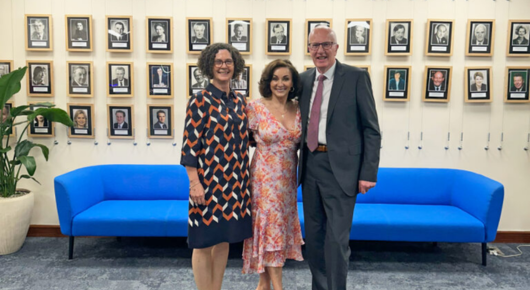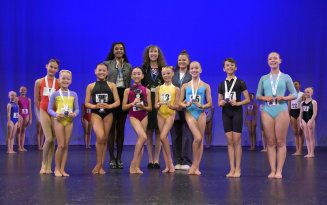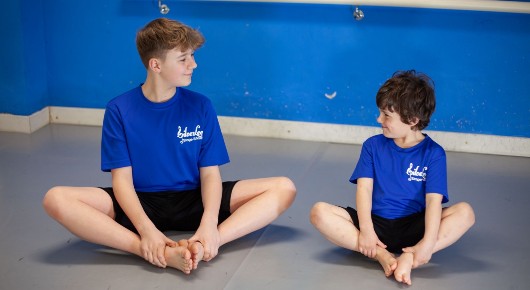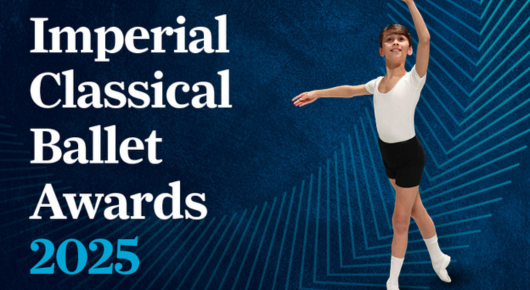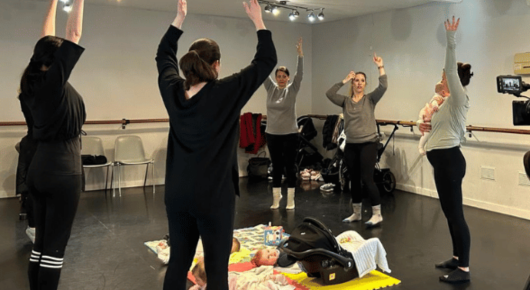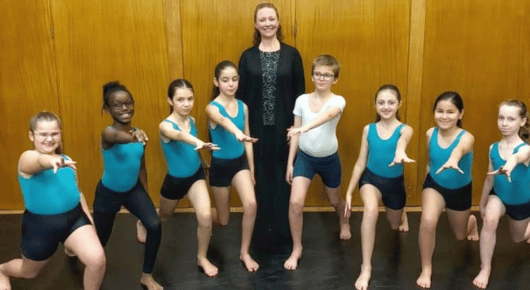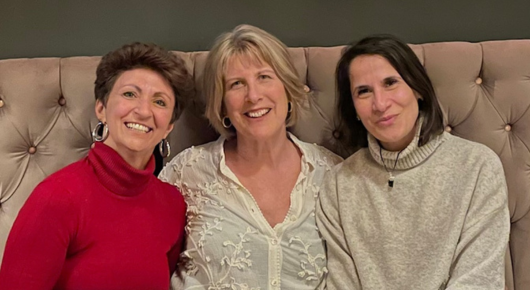25 April 2023
The scheme is designed to allow members and new entrants to access our teaching qualifications at an appropriate level for their professional status. It takes account of professional experience and unregulated qualifications, to enable applicants to be granted exemption from usual entry requirements.
Who is it for
The APEL scheme is designed for mature professionals who:
- Do not have accredited qualifications that can be directly matched with our qualifications.
- Wish to progress through our qualifications more quickly than stated in the entry requirements and are existing members.
- Have qualifications (such as Licentiate or Fellowship) with another teaching organisation and who wish to take an
equivalent qualification with the Society.
APEL route 1 APEL route 2
- Route 1 - Recognition of Prior Learning (RPL) – exemptions for relevant units in the Level 4
Diploma in Dance Education (DDE) and some units for Level 6 Diploma in Dance Pedagogy (DDP) - Route 2 - Accreditation of Prior Experiential Learning (APEL) for entry on to the Level 6 Diploma in Dance Pedagogy (DDP), Licentiate
and Fellowship.
We spoke to a selection of our members who have successfully been granted APEL to hear about their career experiences and their dance teaching journeys so far.
Athena Burns - granted APEL to proceed to Fellowship in Imperial Classical Ballet and Modern Theatre.

My early introduction into the arts world was hard. After completing the foundation course at Liverpool Theatre School and College (LTSC), I auditioned for the three year Dance and Drama Awards (DADA CDMT) course and failed to get onto it twice. I ended up at Merseyside Dance and Drama Centre and my first ISTD school! It was different. I had not had the academic/technical input within dance training before, and now I was learning completely new things.
It was the first time I really thought about teaching and the mechanics behind dancing, and I was consequently offered several roles as a dancer within musical theatre productions, including West-End tours such as Grease, Footloose and Moulin Rouge. I loved my time performing, but I suffered from quite a severe knee injury from an accident on stage, and it became a burden to perform with. I soon found myself producing choreography and working freelance.
Why did you want to come to the ISTD to do your teaching qualifications?
I looked at a range of dance societies, including the ISTD. The teacher feedback and structural development of the education programmes the organisation offered appealed to me because they filled the areas that I was the weakest in. The ISTD stands out because it bridges the gap between learning the grades and understanding educational development.
My daughter, Darcey, was born in 2017 with Kleefstra syndrome, a non-verbal, intellectual disability. After the diagnosis, I threw myself into research and work, which is when Athena Theatre Works and Productions came into fruition. Playing music and dancing is something we do together that we both enjoy, understanding each other without words.
The ISTD has enabled me to be an all-round professional. The support and resources and community of teachers worldwide is incredible.
What do you hope to achieve in the future once you have taken the qualifications you have received APEL for?
I was lucky to be awarded an ISTD £2,000 bursary scholarship to complete my DDP (Diploma in Dance Pedagogy), and I’ve been nominated for an award for arts inclusivity. Most recently I’ve benefitted from the ISTD APEL, working towards Fellowship in Imperial Classical Ballet and Modern Theatre. I would like to apply to become an Approved Dance Centre (ADC) and to provide DDE course training.
The ISTD stands out because it bridges the gap between learning the grades and understanding educational development.
Athena Burns
Divya Kasturi - Classical Indian Dance - granted APEL to proceed to Fellowship for Classical Indian Dance – Bharatanatyam.
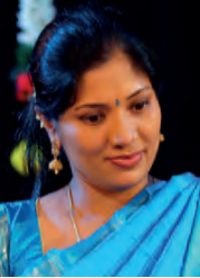
I am an electronic and communications engineer and completed my Masters in South Asian dance studies at Roehampton University in London. Bharatanatyam is a cultural form, and I was raised in Chennai, it’s birthplace. It started off as an after-school activity, and I was later put forward to work with a Bharatanatyam guru. I went onto to do my engineering at university back in Chennai and carried on dancing alongside my engineering, performing whenever possible.
I was lucky enough to be paid as part of a dance company and tour around India. I was also doing shows on television, being an anchor and dance show conductor. This work funded my dance performance expenditures, which is how my dance career took off. In 2006, marriage brought me over to the UK and thereafter I started teaching. I was invited to audition for various productions – not just in dance companies but also theatre companies that provided more exposure like being featured in BBC Look East, West End, Broadway and National Theatre (NT Live).
Why did you want to come to the ISTD to do your teaching qualifications?
I am an artist that loves to be inspired and motivated. I am intrigued by various artistic inputs, inspiring me to share this knowledge with my students, which pushed me to come to ISTD in the first place. Looking at the standard of the ISTD syllabus, there is a rigour and emphasis on ensuring a holistic training approach. It provides a sense of value for arts education, an empowerment for the aspiring teacher, outlining values with a strict adherence to discipline, training, knowledge, deep insights, and allied systems such as music and body-conditioning.
What do you hope to achieve in the future once you have taken the qualifications you have received APEL for?
I want to apply for the Fellowship, as that will be a huge recognition of success for me and my practice. I teach regularly in the South Asian/ Indian community in Stevenage, Peterborough, and other Hertfordshire towns; it would be a vital accreditation for these students and their parents.
Michele Di Molfetta - Cecchetti Classical Ballet - Granted APEL to proceed to Licentiate in Cecchetti Classical Ballet.

At 18, I started working in a small dance company in my town where I was able to gain a year of stage experience. Later, I passed the audition to join the corps de ballet of the Teatro Regio in Turin, where I worked for several years covering soloist and principal roles dancing choreography by M. Petipa, F. Ashton, H. Van Manen, F. Bujones, R. North and O Araiz.
In 1994, I worked for the Italian Ballet Company directed by Carla Fracci, and later with the Aterballetto company. In 1995, I worked at the Gothenburg Ballet under the direction of Robert North. Three years later, I joined the Arena di Verona Company as Soloist and Principal Dancer, and later the Scottish Ballet where I finished my performing career in 2001.
Since then, I’ve taken over the direction of the Danzarteatro school with my wife Lucia Pravisani, where I still teach.
Why did you want to come to the ISTD to do your teaching qualifications?
When I stopped dancing, I felt the need to find a valid method to guide me in teaching all age groups. My wife introduced me to the Cecchetti method because she had taken the Cecchetti Faculty exams at the ISTD, both as a dancer and as a teacher. The Cecchetti method is comprehensive, attentive to lines, correct posture, and use of épaulement and coordination, and I feel it’s a well-structured technique.
What do you hope to achieve in the future once you have taken the qualifications you have received APEL for?
Once I get my teaching qualifications, I would like to continue to popularise the Cecchetti method, trying to pass on as much knowledge as possible to the children I teach. I am fortunate enough to be called upon to teach often as a guest in Italy and abroad, which gives me the opportunity to promote and publicise the Cecchetti technique.
The (ISTD) Cecchetti Method is comprehensive, attentive to lines, correct posture, and use of épaulement and coordination, and I feel it’s a well-structured technique.
Michele Di Molfetta
For applications and further queries, please email the Education and Training Department at hqualifications@istd.org and visit the APEL page for full details.


